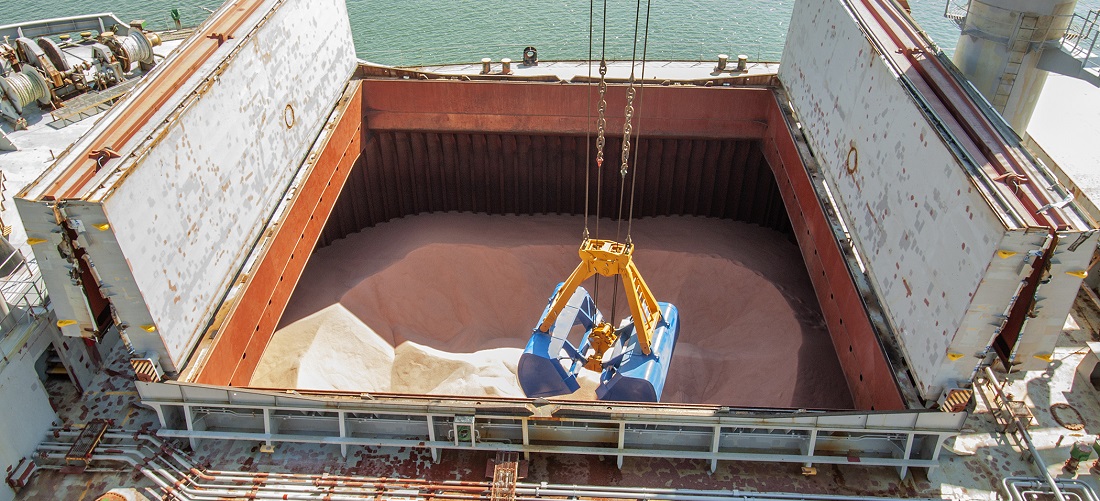
Brazil has never imported so much fertilizer
Jul, 20, 2021 Posted by Ruth HollardWeek 202129
Never before in Brazil’s history has so much fertilizer been sought abroad: 14.1 million tons of fertilizers were imported in the first half of the year, according to the specialized sector portal, Globalfert. The result represented an increase of 14% compared to the same period in 2020.
According to Globalfert, the month of June reached the highest level among the first six months of this year: “The main origin was Russia, totaling 3 million tons, followed by China, Belarus, Canada, and Qatar. There were also large imports from Morocco, Oman, and Germany”.
The chart below shows a comparison of fertilizer imports by Brazil in the first five months of the year since 2017. Data are from DataLiner:
Brazilian Fertilizer Imports| Jan to May 2017-2021 | WTMT
Graph source: DataLiner (click here to request a demo)
The survey shows that the Port of Paranaguá led fertilizer imports and surpassed 2020 by 3% in import volume, followed by Santos, Rio Grande, and São Luís. São Francisco do Sul was the 5th port with the most inputs of fertilizers in the first semester.
“Potassium Chloride (KCl) was the most imported fertilizer. KCl and MAP mostly came from Russia, while Urea was imported mostly from Qatar. The price of MAP has been rising since the beginning of the year, from US$366/ton in January to US$573/ton in June, an increase of 57% in the average CFR Brazil”, points out the portal.
Source: Agrolink
To read the full original article, visit the link:
https://www.agrolink.com.br/noticias/nunca-o-brasil-importou-tanto-fertilizante_453158.html
-
Meat
Feb, 11, 2025
0
Meat industry expects export growth with Suriname market opening
-
Meat
Dec, 29, 2022
0
Brazilian beef exports total 116,634 k tonnes in December
-
Ores
Jul, 23, 2021
0
Bamin carries out its first iron ore exports
-
Ports and Terminals
Feb, 24, 2021
0
January cargo handling up 18% at Itajaí and Navegantes Port Complex



